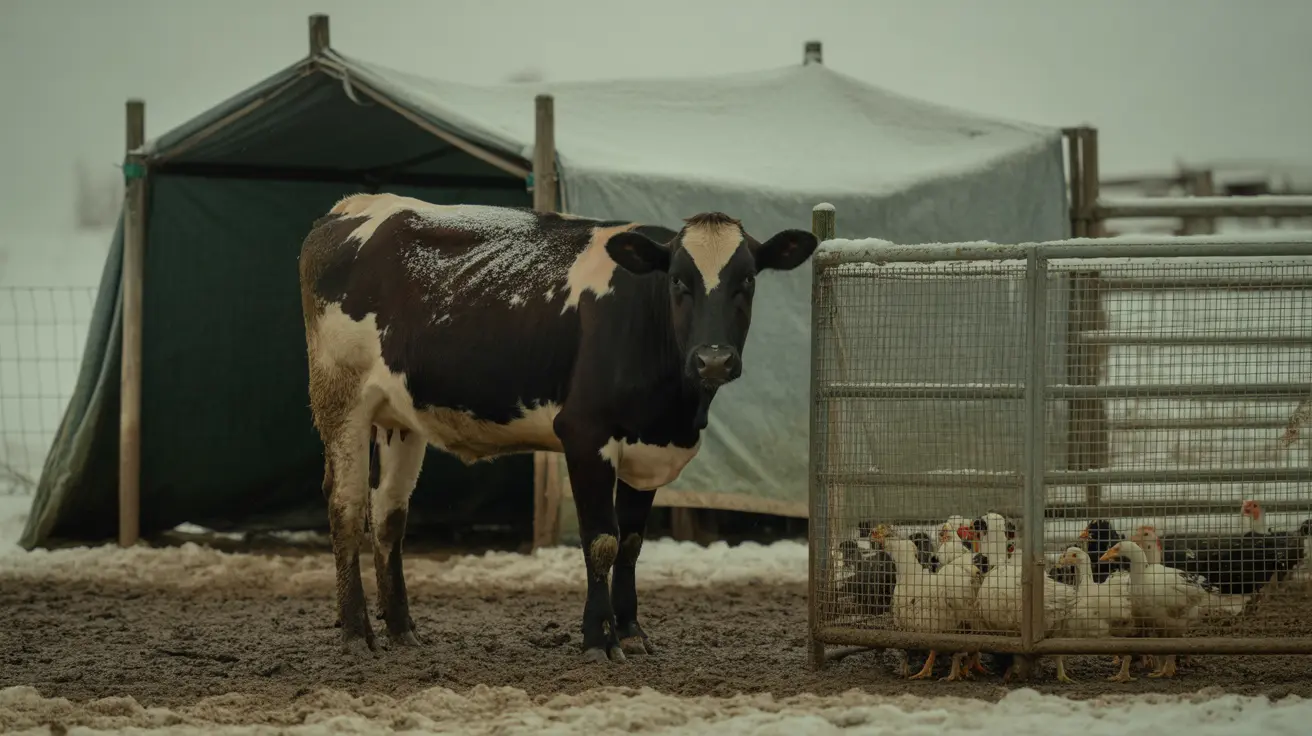Understanding the Lifespan and Care of the American Hairless Terrier
The American Hairless Terrier is a unique, intelligent, and active dog breed that originated in the United States. Developed from the Rat Terrier, this breed is distinguished by its total hairlessness—though some dogs may have eyebrows and whiskers—and its suitability for owners with allergies due to low dander levels. One compelling aspect for prospective dog owners is the breed's longevity. The American Hairless Terrier typically lives an average of 14 to 16 years, making it a long-lived companion when well cared for.
History and Genetics
This breed began in 1972 with a hairless puppy named Josephine, born in Louisiana to Rat Terrier parents. Managed by breeders Edwin and Willie Scott, this puppy's recessive hairless gene laid the foundation for the American Hairless Terrier as a distinct breed. Unlike other hairless breeds that might carry lethal genes, this breed is genetically stable with fewer associated health issues. Their hairlessness is a recessive trait, which also makes them an allergic person’s dream dog because of their minimal dander.
Key Factors That Influence Lifespan
- Genetic Health: This breed does not suffer from the common dental issues linked to other hairless dogs and generally has normal dentition with no missing premolars.
- Regular Vet Care: Breeders and owners emphasize proactive healthcare, including screenings for conditions such as primary lens luxation, patellar luxation, and congenital deafness.
- Environment: These terriers thrive in clean, temperature-controlled homes. As their skin is susceptible to sunburn and cold, they should be protected from excessive temperatures.
- Exercise and Activity: Known for their intelligence and energy, American Hairless Terriers benefit tremendously from interactive play, exercise routines, and participation in canine sports like agility and obedience.
- Diet and Nutrition: A well-balanced, high-quality dog diet supports overall health and contributes to increased longevity.
Daily Care and Maintenance
Because they lack a protective coat, American Hairless Terriers require regular bathing to manage skin oils and reduce dander. Their skin care regimen helps keep them clean and healthy and supports households managing pet-related allergies. Owners must apply sunscreen or use protective clothing when their dogs are outdoors for extended periods.
Training and Temperament
This breed is alert, curious, and eager to please. They bond closely with family members, interact well with children, and can coexist with other pets under supervision. Early socialization helps mitigate their terrier-driven instincts, such as chasing and digging.
They exhibit a desire to perform and please, which makes training them relatively straightforward. This intelligence and responsiveness also contribute to emotional bonding and overall well-being—factors that indirectly affect their quality and length of life.
Breeding and Puppy Care
Reputable breeders conduct health screenings and raise puppies in home environments that support early socialization. Puppies are vaccinated, microchipped, and come with health guarantees before entering new homes. Breeders often adhere to standards outlined by the American Kennel Club (AKC) and United Kennel Club (UKC) and may specialize in show dogs or companions.
- Common breeder practices include:
- Health screenings using OFA and genetic testing panels
- Raising puppies with early handling and family interaction
- Providing ongoing support to new owners
- Participation in breed clubs and AKC events
Cost and Investment
Purchasing a well-bred American Hairless Terrier puppy typically costs between $2,000 and $3,000. This investment reflects responsible breeding practices, health testing, and early care. The long lifespan of the breed further justifies this cost, offering years of companionship and loyalty.
Conclusion
The American Hairless Terrier's strong health profile, combined with proper care and responsible breeding, gives the breed a significant life expectancy of 14 to 16 years. Their active lifestyle, intelligence, and hypoallergenic skin make them standout pets for families seeking a durable and affectionate canine companion. With well-managed care routines and ongoing veterinarian supervision, these terriers serve as loving pets for well over a decade, offering both emotional comfort and playful interaction throughout their long lives.





